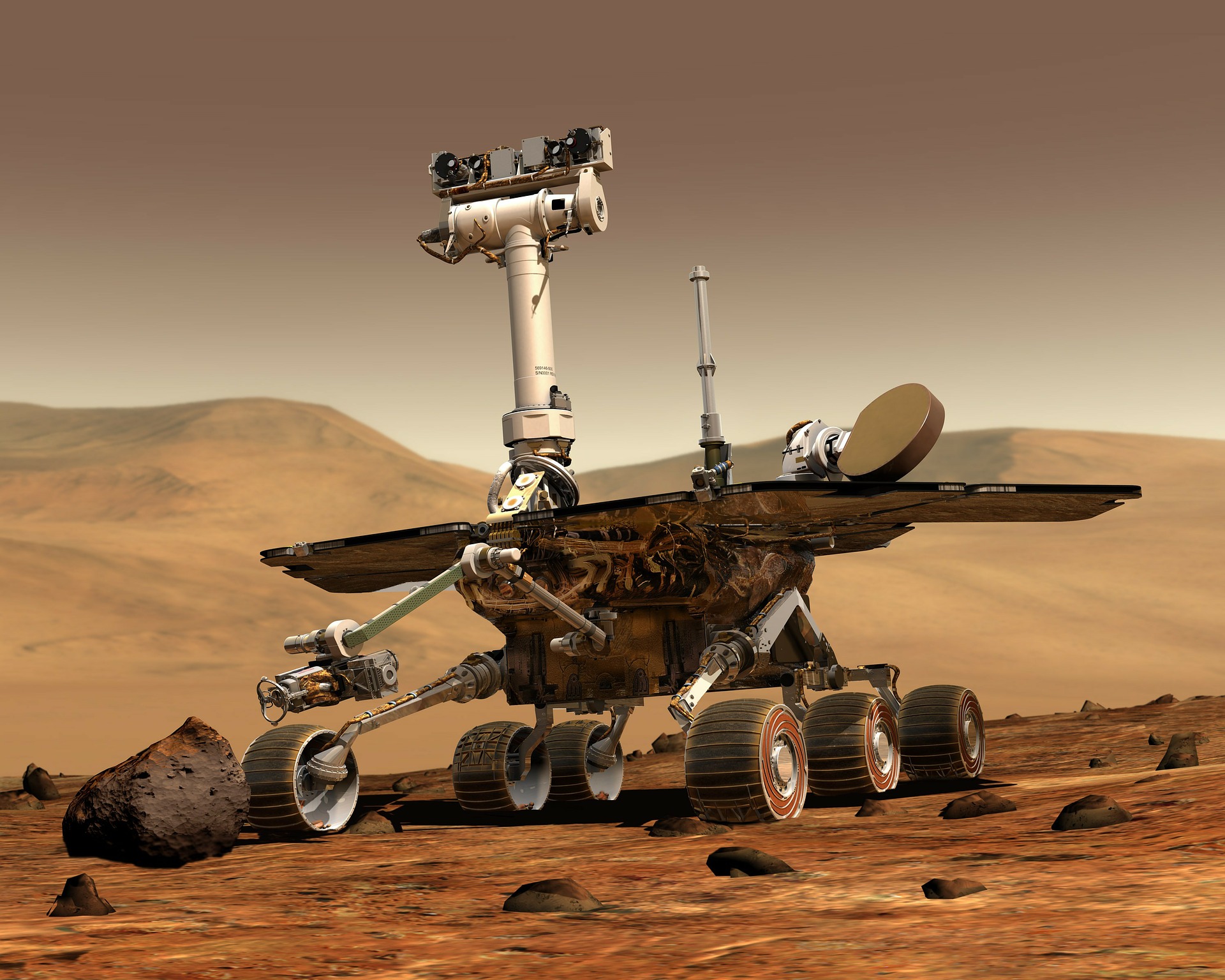
According to NASA, its latest Mars rover has started its business after testing a bristling array of instruments on its robotic arm. The rover is expected to probing rocks and dust for evidence of past life. Searching for signs of life on Mars, Perseverance is expected to send various informations to scientists.
NASA said the rover has flexed its 7-foot (2-meter) mechanical arm and is testing the sensitive detectors it carries, capturing their first science readings. Along with analyzing rocks using X-rays and ultraviolet light, the six-wheeled scientist will zoom in for closeups of tiny segments of rock surfaces that might show evidence of past microbial activity.
Citing to Abigail Allwood, PIXL’s principal investigator at NASA’s Jet Propulsion Laboratory in Southern California, NASA said the rover’s X-ray instrument, named Planetary Instrument for X-ray Lithochemistry (PIXL), delivered unexpectedly strong science results, while it was still being tested.
The instrument, as reported, located at the end of the arm, is of the size of a lunchbox. NASA said the instrument fired its X-rays at a small calibration target – used to test instrument settings – aboard Perseverance and was able to determine the composition of Martian dust clinging to the target.
The space agency has expected a lot more to reveal from PIXL, combined with the arm’s other instruments, as it zeroes in on promising geological features over the weeks and months ahead.
As scientists say, Jezero Crater was a crater lake billions of years ago, making it a choice landing site for Perseverance. The crater has long since dried out, and the rover is now picking its way across its red, broken floor.
PIXL allows scientists to study where specific chemicals can be found within an area as small as a postage stamp.
As mentioned by NASA, astrobiology is a key objective for Perseverance’s mission on Mars. Perseverance also includes the search for signs of ancient microbial life on Mars.
Scientists say the technical and technological assurance of the latest rover, Perseverance can efficiently complete its tasks of searching for signs of life on Mars. The data achieved from the rover is said to be beneficial for various scientific studies, including being enabled to learn about the past life on Mars.
RECOMMENDED What unbelievable happens after death?
The Mars 2020 Perseverance mission is part of NASA’s Moon to Mars exploration approach, which includes Artemis missions to the Moon that will help prepare for human exploration of the Red Planet.
JPL, which is managed for NASA by Caltech in Pasadena, California, built and manages operations of the Perseverance rover.
Source: NASA


